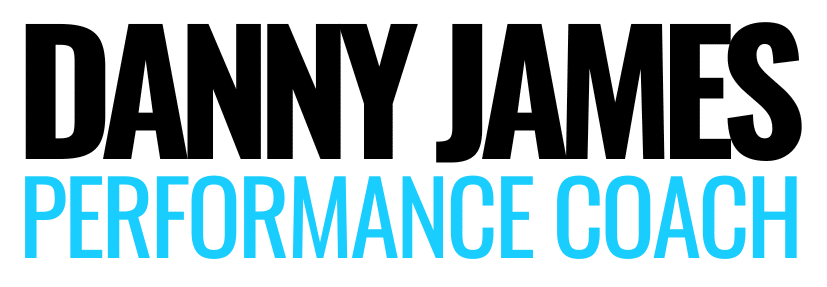Some closing thoughts on Monday’s post for you where we talked about squats, muscle damage and recovery.
The time curve of voluntary muscle activation recovery following a workout and muscle soreness are not the same. Voluntary activation drops right after a damaging and depleting workout and recovers slowly over a couple of days. Muscle soreness, however, usually peaks a 1-2 days post-workout and can last for approximately a week.
So, it might be that it is the inflammatory response triggered by the workout that causes CNS fatigue since they follow a similar time course.
Workout = inflammatory response = CNS fatigue
In the squat study, CNS fatigue was similar in all three groups however, muscle damage indices were greatest in the untrained group. Which is nothing new.
Past research has shown that new lifters experience greater muscle damage than experienced lifters. As lifters become adapted to training over time (repeated bout effect) the amount of inflammation that is caused by a given level of muscle damage increases. Therefore, the build-up of CNS fatigue for a given level of muscle damage is typically greater for trained individuals.
So, new lifters tend to experience greater muscle damage from a given workout. More experienced lifters gather more CNS fatigue.
Being matched for both training status and volume and the lack of difference in CNS fatigue between the groups, it’s possible that the slower strength recovery in the middle-aged group might come down to muscle damage and a slower muscle repair rate.
Ultimately, the link between CNS fatigue and muscle damage is still not clear with some conflicting evidence.
And so the search for the perfect program continues…
Notes:
1. CNS (central nervous system) fatigue was measured by voluntary activation during a maximal voluntary isometric muscle contraction (MVIC).
2. Voluntary activation (VA) is the level of neural drive from the central nervous system to produce a given force output from a muscle.
Reference
- Exercise-Induced Muscle Damage and Recovery in Young and Middle-Aged Males with Different Resistance Training Experience. Fernandes, et al. 2019
Related
- How To Ruin Your Monday
- Training To Failure Is Training To Fail
- When Best To Fail
- Rise of the Machines vs Free Weights
- How Low Should You Squat?


[…] Continue to part 2 here: Squats, Muscle Damage, and Recovery […]
[…] Squats, Muscle Damage, and Recovery […]
[…] Related: Squats, Muscle Damage, and Recovery […]
[…] Squats, Muscle Damage and Recovery […]
[…] Squat […]
[…] Squats, Muscle Damage and Recovery […]
[…] training can induce delayed-onset muscle soreness (DOMS), muscle damage, and muscle stiffness. Also, loss of strength, range of motion, and impaired proprioceptive […]
[…] in mind these lifts can often cause severe muscle damage and DOMS in the days following. This is because of the heavy eccentric loading as we move into end […]
[…] Fair warning, though: These can be very uncomfortable to do, and may also create severe DOMS and muscle damage. […]